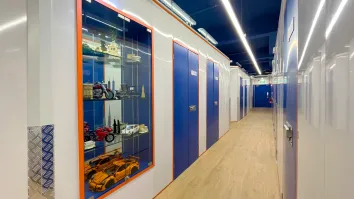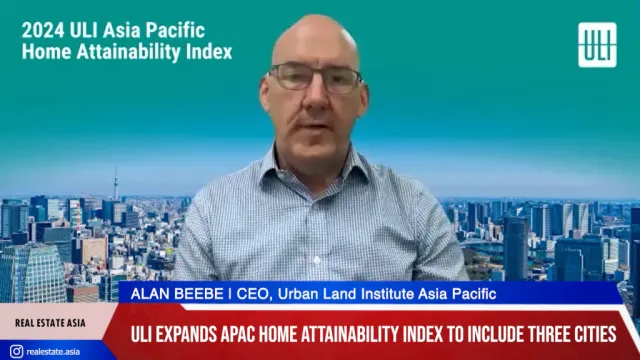
How will APAC corporate real estate leaders manage their portfolios post-pandemic?
Nearly 1 in 2 leaders expect to rationalise their portfolio and decrease their total footprint.
COVID has disrupted the way people work across the globe. Employers and employees alike had to completely alter their working practices and majority were forced to work from home. As lockdowns and restrictions start to ease, some businesses have allowed employees to return to the office, but it seems remote working will be here to stay for good.
JLL recently surveyed 200 corporate real estate (CRE) leaders across Asia Pacific to find out how the office will be reimagined post-pandemic.
Here’s more from JLL:
CRE leaders expressed high levels of satisfaction in the effectiveness of their business continuity plans (BCP). 94% of the companies surveyed implemented BCP plans and 88% of the CRE leaders surveyed judged their plans effective, very effective or extremely effective.
40% included mass working from home as part of their BCP plan. However, 32% had not planned for the entire workforce to work from home, and 27% were caught by surprise by the magnitude of the crisis.
Across the region, 46% expect steady rationalisation of their portfolios, but 50% of CRE leaders expect no change in their total footprint and 63% expect no change in the total number of sites.
The pandemic has led to de-densification across the region as split-team models and social distancing measures have been put in place. Occupiers also expect longer term de-densification which may be achieved in part by providing flexible support for their remote working teams. 82% of CRE leaders surveyed intend to expand (or initiate) remote/work from home policies. While more than half of all occupiers anticipate no significant change to their portfolio, 43% are considering splitting their workforces across flex sites and multiple offices.
CRE leaders also expect a shift towards higher quality space with 94% of respondents expecting the share of high-quality space in their portfolios either staying the same or increasing. A similar proportion (96%) expected share of lower quality space in their portfolios to decrease. Better quality offices will be better equipped to facilitate the enhanced technologies that occupiers expect to incorporate in future workplaces and they will also enable employers to meet the health and wellness demands of employees.

Read the full report here.



















 Advertise
Advertise






